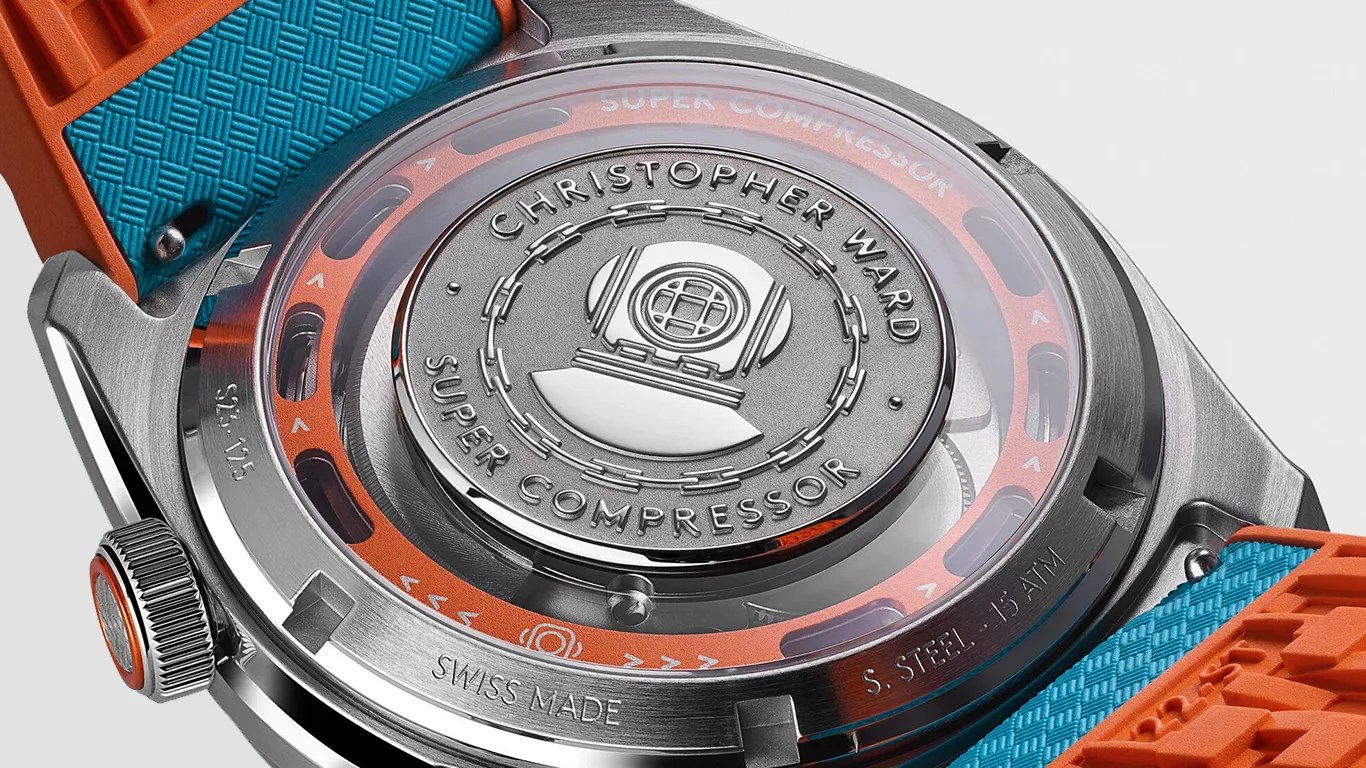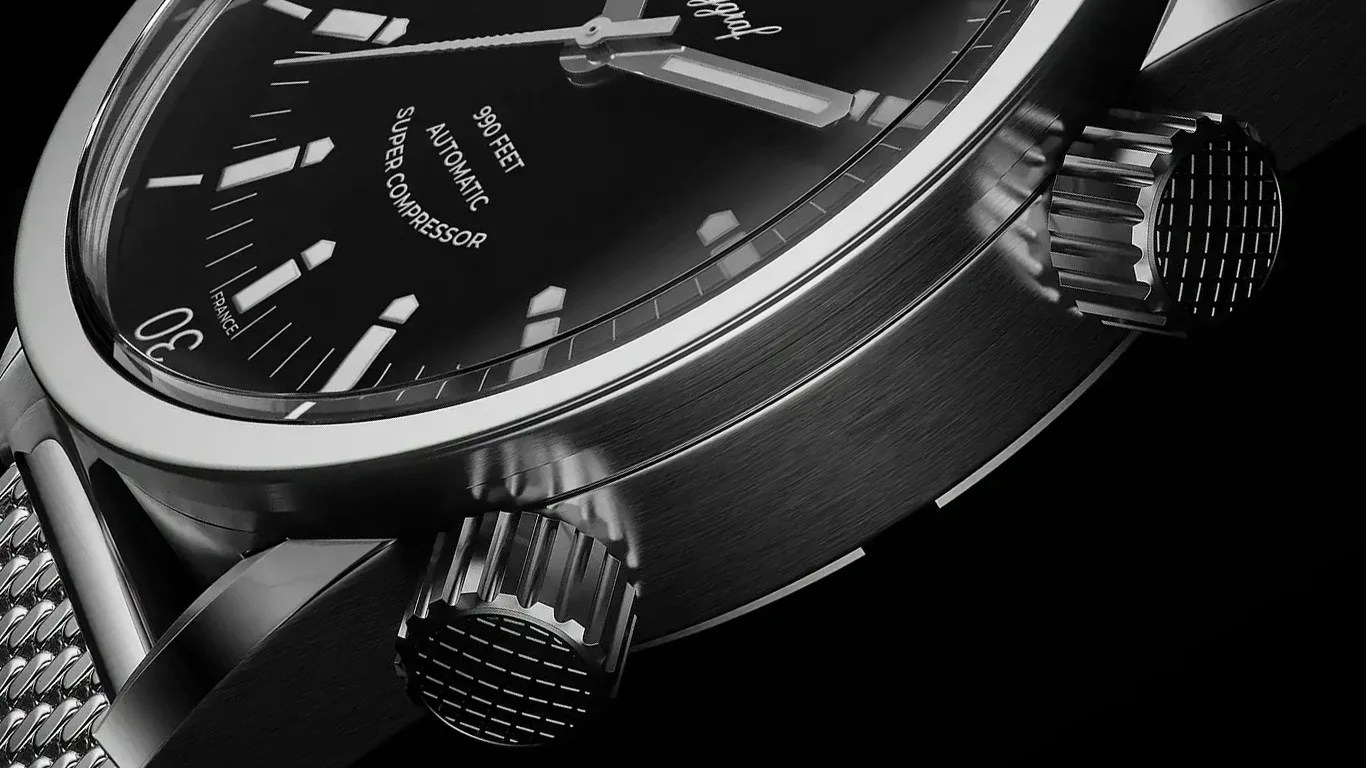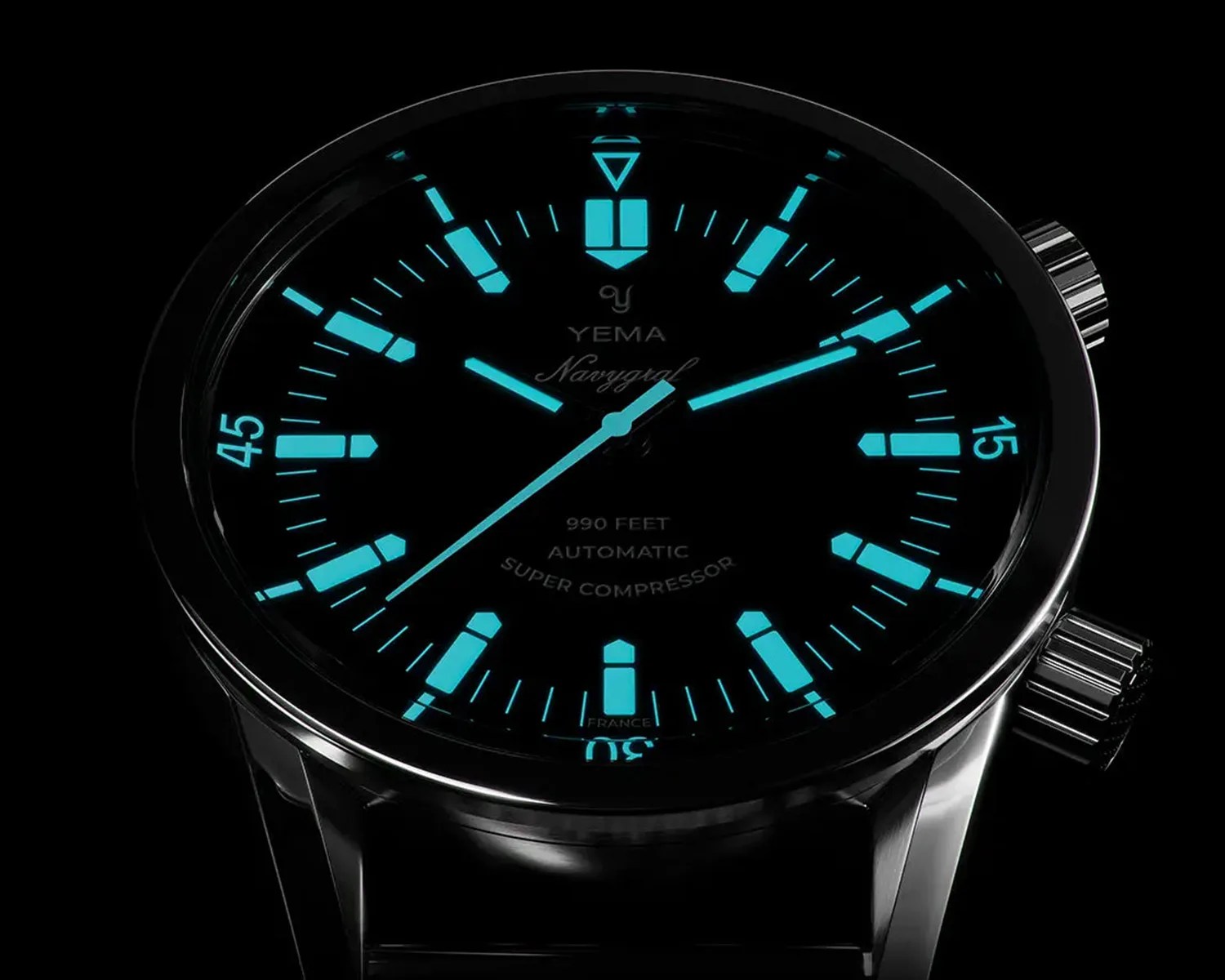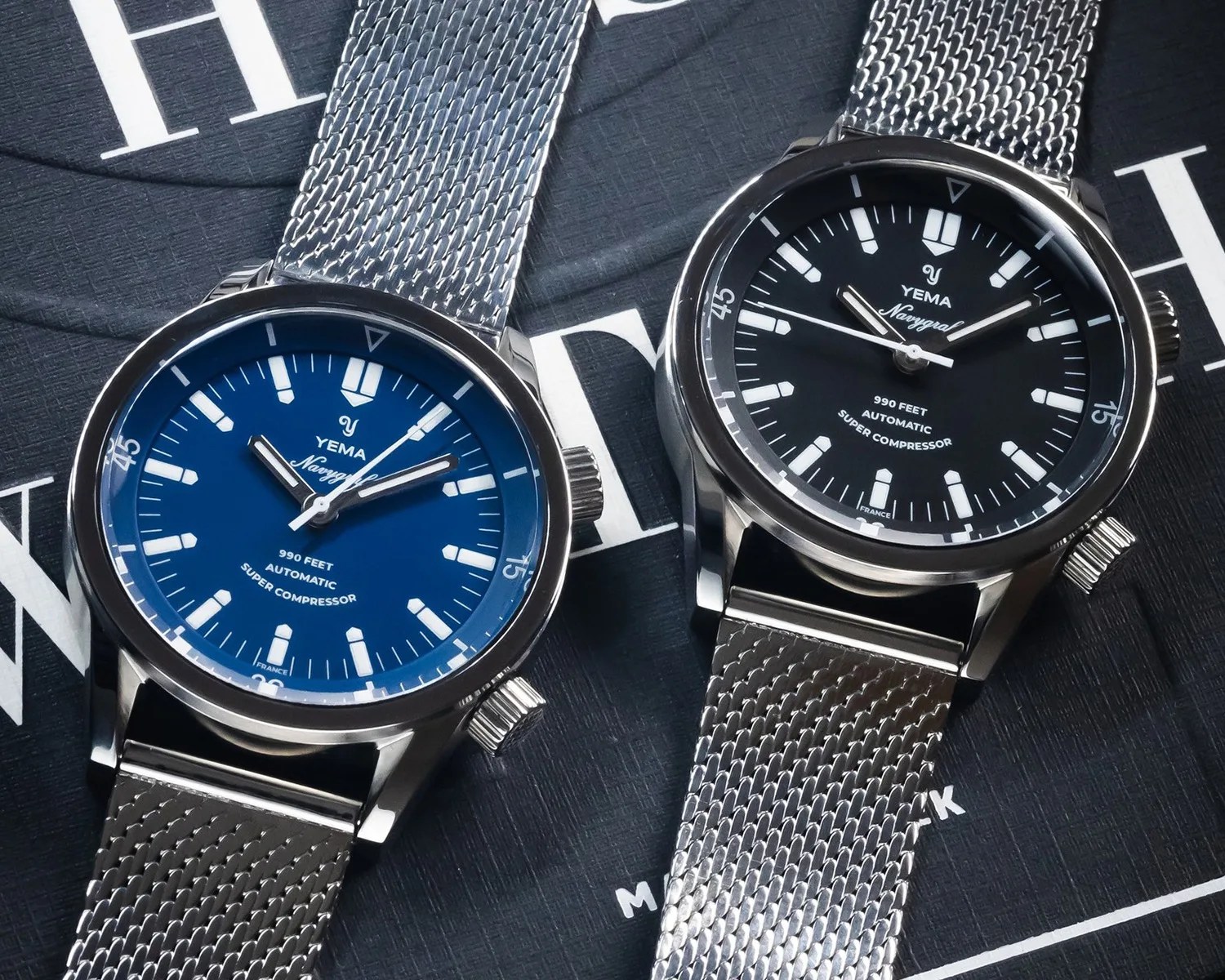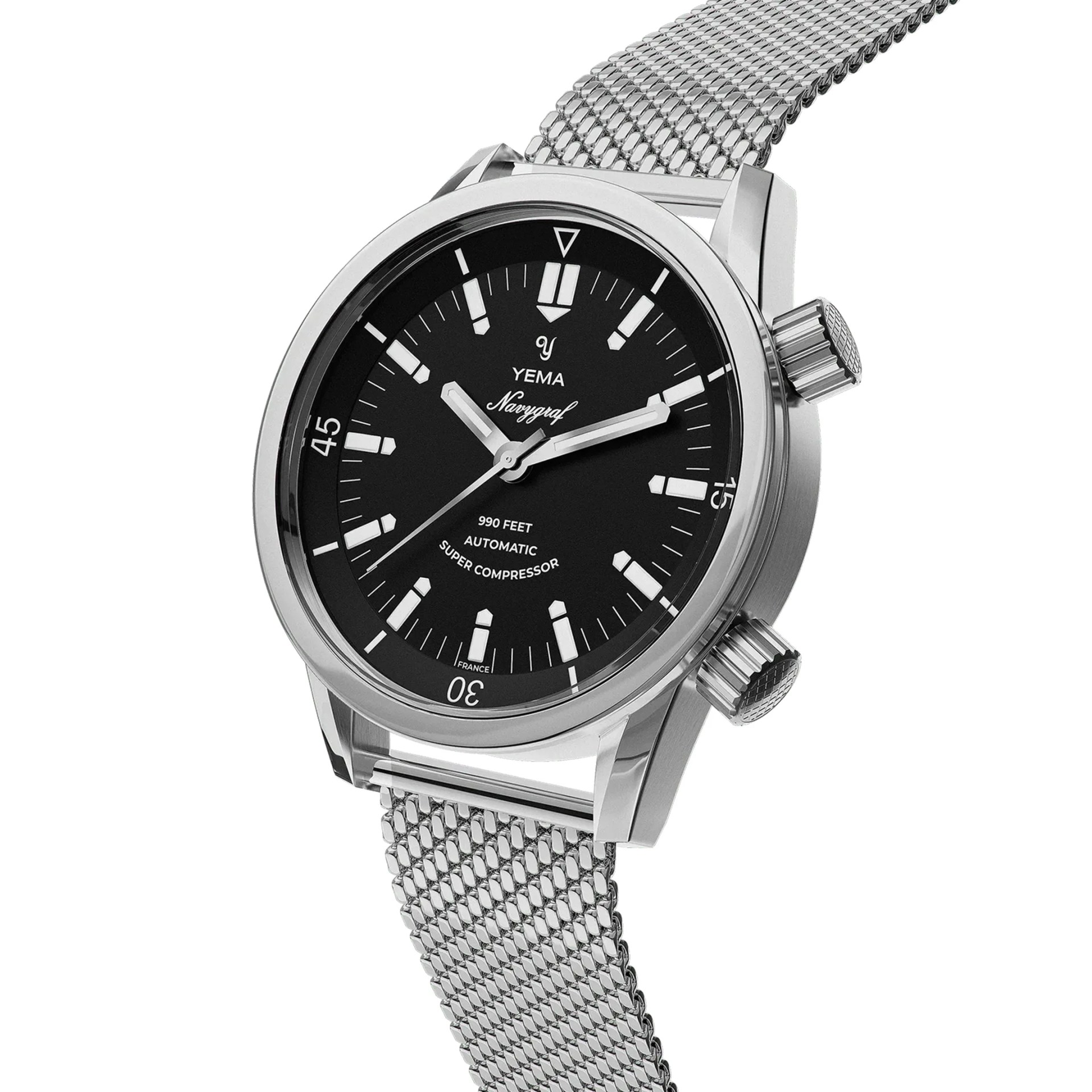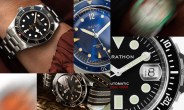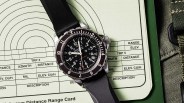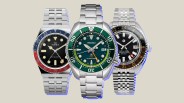During the economic boom following World War II, loads of young men returning home were suddenly prosperous and had ample leisure time thanks to the new post-war lifestyle. This allowed for fast growth in recreational sports like skiing and the newly invented scuba diving.
Scuba had only recently gotten its start with the 1942 invention of the Aqualung by Émile Gagnan and Jacques Cousteau, and by the 1950s, the adventurous new activity was spreading like wildfire, both in public life and among the world’s militaries. This led to the development of the first dedicated, professional dive watches in 1953 with the Blancpain Fifty Fathoms and others.

As scuba’s popularity grew, so did innovation in dive watches. One of the most significant breakthroughs in the space came in 1956 when Ervin Piquerez S.A. (EPSA) patented the Super Compressor case. This case featured a spring-loaded caseback that sealed more tightly as the external pressure around the watch increased, effectively making the watch more water-resistant the deeper it went.
Super Compressor cases were quite popular from the late ’50s until EPSA went out of business in the mid-’70s, with perhaps dozens of brands using the cases for iconic models, including heavy hitters like JLC and Longines.
For nearly 50 years, Super Compressor technology went unused in the watch industry, having been effectively replaced by technological strides that improved water resistance without the need for a spring-loaded caseback.
